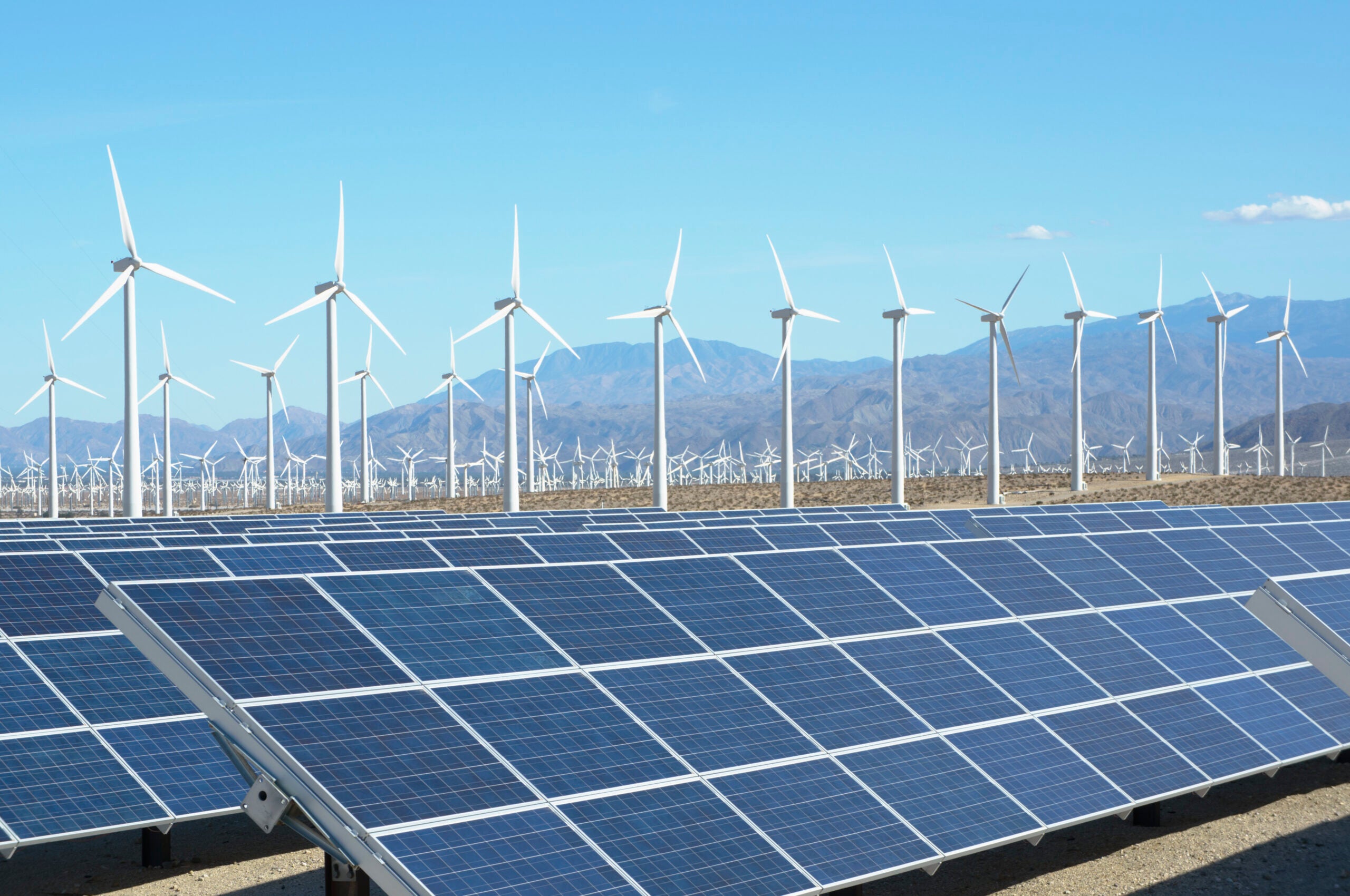
Renewable and alternative power was one of the few sectors to see a large increase in foreign direct investment (FDI) amid the unprecedented global restrictions imposed due to the Covid-19 pandemic. While FDI project numbers fell 17.4% globally in 2020, the number of FDI projects in renewable and alternative power increased by 25.4%.
According to GlobalData, Energy Monitor‘s parent company, greenfield renewable and alternative power FDI projects totalled 449 in 2019 but rose to 563 in 2020 – the year the pandemic was declared.
Significantly, the rise in renewable and alternative power projects is in sharp contrast to investment activity in fossil fuels. While renewable energy proved remarkably resilient to the global lockdowns that made site selection so difficult at the height of the pandemic, the number of FDI projects for coal, oil and gas declined by 51% in 2020.
What are the leading global regions for renewable power FDI?
Western Europe was the leading region for attracting FDI projects in renewable and alternative energy in 2019 and 2020, with more than double the total number of projects in the next closest region, Asia-Pacific.
Project numbers grew by 25% in western Europe from 2019 to 2020, but the region which saw the fastest growth in inbound FDI over the period was South America, which witnessed an increase of 150%. All regions, except Central America and the Caribbean, saw more renewable and alternative power projects in 2020 than they did in 2019.
This even performance is particularly impressive given how wider FDI declined faster in developed nations during Covid lockdowns compared with developing nations.
What are the leading countries for renewable power FDI?
Although western Europe was the leading region for FDI projects across the two years, the US was the country that attracted by far the most inbound FDI projects in both 2019 and 2020. Across the two years, it recorded 133 inbound projects.
The US has seen a boom in clean energy investment in recent years, with the American Clean Power Association recording that 26 gigawatts (GW) of renewables came online in 2020 alone. These high levels of investment show the almost boundless potential for renewable energy in the US, yet this momentum may not be maintained. President Joe Biden failed to pass his $2trn spending plan in 2021, which included legislation to cut carbon emissions and support renewables.
Brazil saw the largest increase in FDI projects for renewable and alternative power of any country in 2020, up 358% on 2019. Brazil has been introducing regulatory changes in recent years to better support renewables, especially solar power. Data provider BloombergNEF expects the country’s renewables capacity, excluding hydropower, to grow to 81GW by 2030 and 190GW by 2050.
What are the top renewable power FDI business functions?
Energy generation is the main business operation for foreign investors in renewable and alternative power. As the global demand for power continues to rise, and the need to decarbonise the world’s energy systems becomes more urgent, the investment priority is in new power generation facilities.
All the other functions combined did not attract the same volumes of FDI projects that energy generation did over the two-year period. Energy generation projects increased 25% between 2019 and 2020, and this number is likely to continue growing as countries around the world strive to meet the net-zero pledges made at COP26.
Manufacturing saw the greatest rise in FDI projects in 2020, with a year-on-year increase of 167%.
What are the top subsectors for renewable power FDI?
Photovoltaic solar accounted for almost half of all renewable and alternative power FDI projects in 2019 and 2020. Wind power, both onshore and offshore, accounted for another 36%, with all other technologies making up just 18% of all FDI projects.
Not only was solar PV the dominant FDI subsector across the two years, it was also the subsector that accounted for most of the growth seen in 2020. Solar PV FDI projects grew by 77.4% from 2019, while both onshore wind (-31%) and offshore wind (-3%) project numbers declined year-on-year.
[Keep up with Energy Monitor: Subscribe to our weekly newsletter]
The shorter construction times and fewer components required to install solar PV facilities would have helped protect this subsector during the pandemic, when supply chains were challenged and major construction sites were difficult to manage.
Another growth subsector in 2020 was waste-to-energy power, which saw a 71% rise in projects, while the number of hydro projects fell by 10%.
Where are the leading renewable power investors located?
Germany was the leading source market for outbound renewable and alternative power FDI in both 2019 and 2020, creating 56 and 64 projects, respectively, in those years. Most of the leading source markets achieved growth in project creation in 2020, with Canada growing its number of outbound projects by 160%.
Germany boasts some of the largest and most innovative renewable energy companies in the world, including Enercon, Nordex and Siemens, which have huge success exporting their technologies to international markets and expanding globally. The country’s largest utility, RWE, said in 2021 that it intends to become one of the largest renewable energy companies in the world, with a plan to invest $57bn in the sector by 2030.
Spain was another market to see strong growth in outbound projects in 2020, with its total rising 36% compared with 2019.
Norway had the biggest decrease in projects in 2020, with a decline of 42%, followed closely by Italy, which saw its outbound projects fall by 41%.
Having shown resilience during the height of the pandemic, the renewable and alternative power sector is expected to have achieved even stronger growth in 2021. Many of the technology subsectors that saw declines in 2020 should rebound strongly, while the number of solar PV FDI project will continue to grow.
Editor’s note: This article first appeared on our sister site Investment Monitor.



